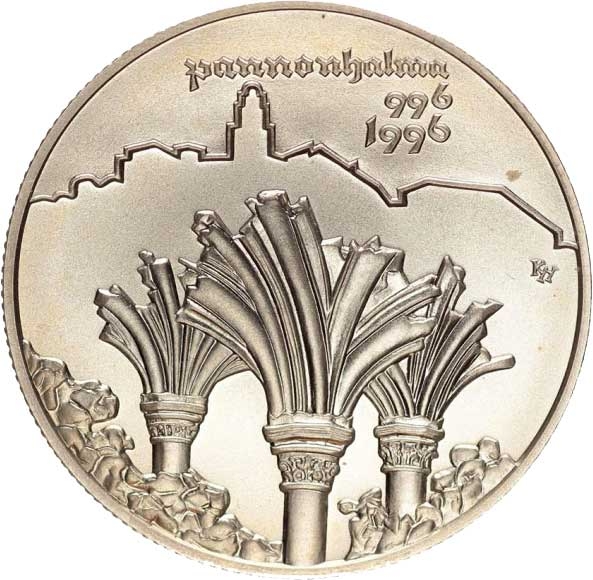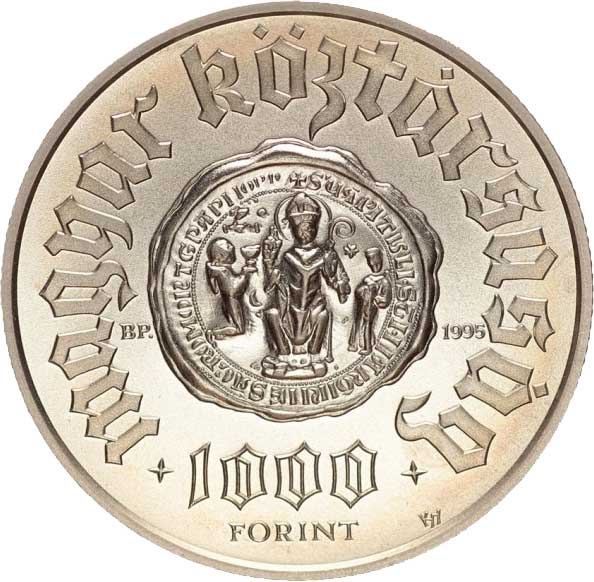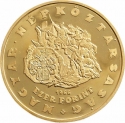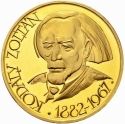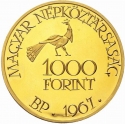You are about to finish your registration. Please check your mailbox (including spam folder). There should be a letter with a confirmation link. Check setting to make sure that your e-mail address is correct.
Send letter againDescription
In 996, Prince Géza established a monastery atop the Holy Hill of Pannonia, bringing monks from Czechia. This monastery, dedicated to Saint Martin of Tours, was envisioned as a cultural bastion of medieval Europe in the East. Saint Stephen, Hungary's inaugural king (1000-1038), frequented its halls.
Under Abbot Oros (1207-1243), who oversaw the erection of the enduring church, the monastery-fortress successfully repelled Mongol invasions. During Matthew of Tolna's abbacy, Pannonhalma ascended among Hungarian Benedictine monasteries, obtaining archabbey status in 1514. However, over one and a half centuries of Ottoman rule, monks endured intermittent displacements, followed by the restoration of damaged structures. Noteworthy Baroque expansions occurred under Abbot Benedek Sajghó, paralleled by a resurgence of monastic life.
The 18th century, marked by Enlightenment ideals, influenced monastic practices. Authorities evaluated monastic communities based on their practical contributions, favoring those engaged in healthcare or education. Emperor Joseph II terminated operations of all Hungarian Benedictine houses in 1786 due to their emphasis on communal living over labor.
This phase was short-lived. In 1802, Francis I reinstated five abbey communities, emphasizing secondary education. Consequently, Benedictine communities extended their educational endeavors across Transdanubia while maintaining monastic life in Pannonhalma, Bakonybél, Tihany, Zalaapáti, and Celldömölk.
Following 1945, the state nationalized Benedictine properties and schools, permitting monastic life solely in Pannonhalma and Győr from 1950 onwards, with authorization for high school operations in these locations. Despite adversities, the monastic community persevered in their divine worship, contributing significantly to liturgical revival and the development of Hungarian liturgical texts and melodies following the Second Vatican Council.
Engraver: György Kiss
Obverse

|
Depicts inscriptions in three rows, below the outlines of Pannonhalma. Beneath the silhouette, between depictions of rocks, are three Gothic capitals. The engraver's privy mark (KYY) on the right. PANNONHALMA |
|---|---|
Reverse

|
Depicts Abbot Oros's seal. Positioned between the seal and the circular inscription, on the left side, is the mint mark (BP), while the issue year is located on the right side. Encircling the seal is the country name (Hungarian Republic) in hand-drawn lettering, with the denomination mark situated between two four-pointed stars at the bottom. The engraver's privy mark (KYY) appears on the denomination mark's right. MAGYAR KÖZTÁRSASÁG |
| Edge |
152 reeds |
1000 Forint
Third Republic
1000 Anniversary of Pannonhalma Monastery
KM# 715 Schön# 220 Adamo# EM140
1000 Anniversary of Pannonhalma Monastery
